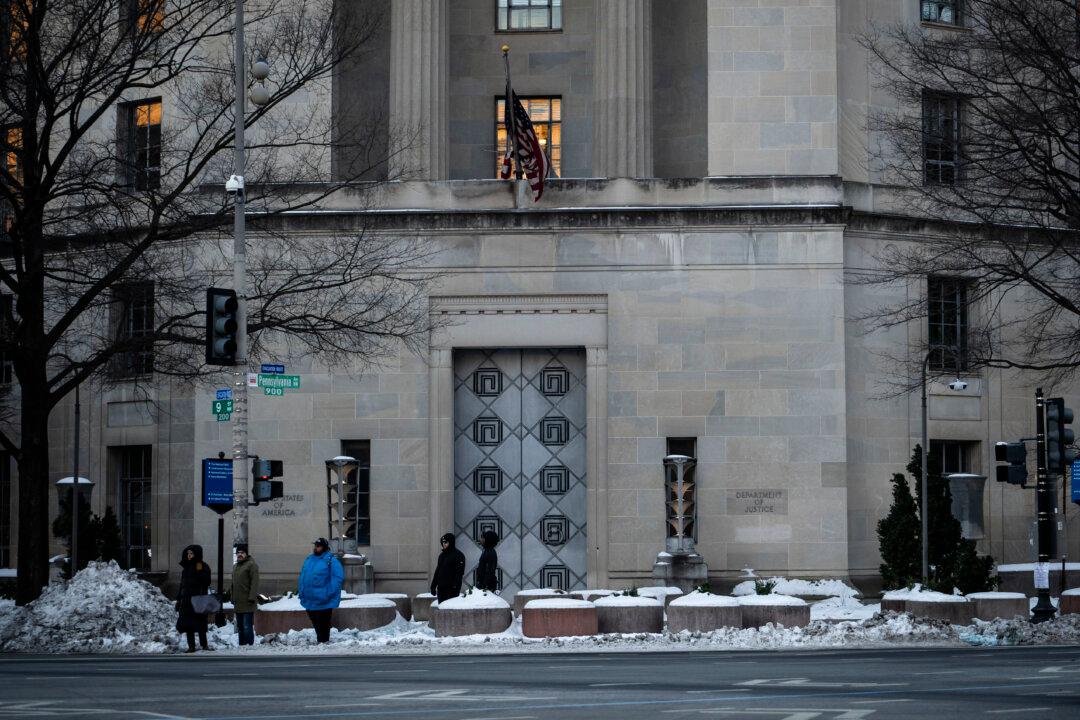The report was the results of a nine-month joint research project, after analyzing millions of social media posts and articles that were published in the first six months of the COVID-19 outbreak. It examined the false narratives that took hold in four countries: China, Iran, Russia, and the United States.
“Particularly in the period immediately following COVID-19’s initial spread, factual information about the disease, its origin, and its symptoms was lacking or withheld–most notably by China–providing the ample space for misleading and malicious information to take root,” according to the report.
The report pointed out that users on Chinese social media Weibo, China’s equivalent of Twitter, began writing about an unproven conspiracy theory connecting the United States with the outbreak on Dec. 31, 2019. For example, one Weibo user wrote, “Watch out for Americans,” while another wrote about the United States being one of several countries in the world that houses a P4 bio-safety laboratory.
But none of these early speculations on Weibo was “coordinated or particularly far-reaching.”
China’s state-run media soon began driving China’s narrative of the pandemic after the sporadic chatters on Weibo.
“China initially preferred to boost international perception in its favor by amplifying stories
about its benevolence in assisting other countries to combat the virus,” according to the report.
In late February last year, China’s state-run media began to publish articles suggesting that the virus may have originated outside of China, according to the report. Some outlets also provided negative coverage of the U.S. response to the outbreak.
The report found that Zhao’s tweets targeting the United States on March 12 and 13 last year had “accumulated nearly 47,000 retweets and quote tweets, [was] referenced in at least 54 languages, and favorited more than 82,000 times” as of Feb. 13. These tweets were also “amplified by at least 30 different Chinese diplomats and state-run accounts.”
Zhao’s tweets also had an enormous impact on China’s domestic audience. According to the report, popular hashtags referencing his tweets were viewed by Weibo users more than 300 million times as of Feb. 13.
The report also analyzed online activities following Zhao’s other tweets in March, which reposted a link to an article by Larry Romanoff published on Global Research Canada, a site known for advancing conspiracy theories on topics such as global warming. The article suggested that the virus might have leaked from Fort Detrick, a prominent military biomedical research lab in Maryland.
There was a spike in Google searches for “Larry Romanoff” around mid-March, following Zhao’s tweets, according to the report.
“If the United States truly respects facts, it should open the biological lab at Fort Detrick, give more transparency to issues like its 200-plus overseas bio-labs,” she said.
Moreover, on Twitter, “the number of Chinese diplomatic accounts more than tripled on the platform between May 2019 and May 2020, from 40 to 135, and the output doubled and became more aggressive and conspiratorial,” the report stated. Due to China’s firewall, Twitter is not accessible by ordinary Chinese citizens.





